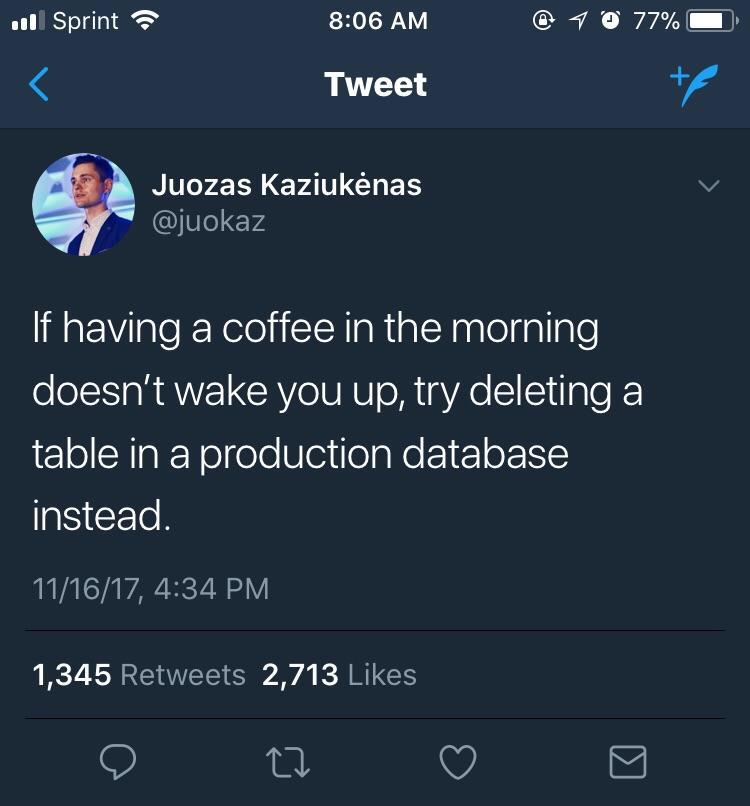Join devRant
Do all the things like
++ or -- rants, post your own rants, comment on others' rants and build your customized dev avatar
Sign Up
Pipeless API

From the creators of devRant, Pipeless lets you power real-time personalized recommendations and activity feeds using a simple API
Learn More
Related Rants

 Oh sh*t
Oh sh*t Job interview
Job interview Hacking yourself.
Hacking yourself.
Why in the fuck does everyone expose specific ports in Dockerfiles?
If I wanted to expose the port, I would fucking expose it.
Currently can't run my home infra platform because I'm running two separate instances of Maria DB on the same private internal network. These are two databases for two separate applications.
Why don't I run them on one? Because they're two separate fucking applications.
Why the fuck can I not do this when I used to be able to do it a week ago.
Stop exposing your fucking ports in your fucking Dockerfiles.
This shit is getting so bad, I'm just about to throw my towel in on all fucking containers and just install everything in multiple VM environments.
I am God damn appalled that after 8 years of using docker, core concepts like a port exposure is being leveraged as a way to somehow circumvent poor security practices.
You want a secure container environment? Expose your own goddamn ports.
Fuck you Maria DB, and fuck you docker.
rant
database
docker
ports